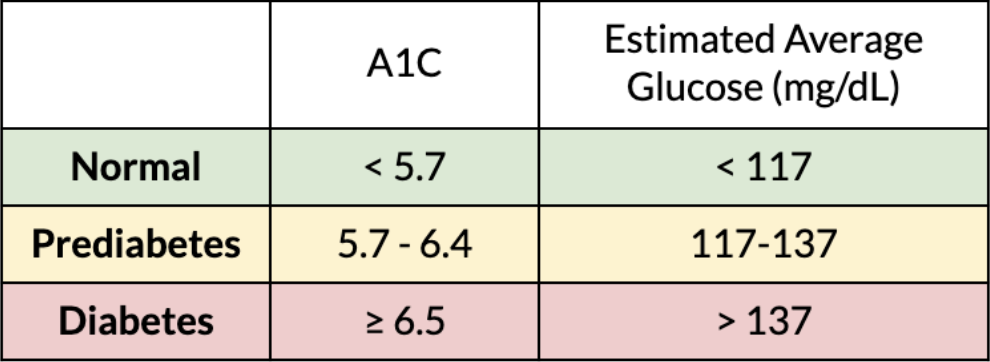What Really Causes Type 2 Diabetes?
When we think of type 2 diabetes, most of us imagine one culprit: sugar.
We’ve been told—by the media, even trusted professionals like our doctors and nutritionists—that type 2 diabetes is caused by eating too much sugar. So it seems logical to assume that if we avoid sugar, we’ll avoid the disease.
But this narrative doesn’t tell the whole story.
Yes, high blood sugar is the symptom. But what’s the actual cause?
In a Nutshell
• Type 2 diabetes isn’t just about sugar—it’s about insulin resistance.
• The main cause of insulin resistance? Saturated fat, not natural sugars.
• Fat from meat and dairy blocks insulin, trapping glucose in the bloodstream.
• A low-fat, whole food, plant-based diet can reverse insulin resistance.
• You don’t have to just manage diabetes—you can treat the root cause.
It starts with insulin resistance.
The hallmark of type 2 diabetes is insulin resistance. This means the body’s insulin—the hormone that helps glucose (sugar) enter our cells—isn’t working properly. Imagine every cell in your body has a tiny locked door. Insulin is the key that opens the door to let glucose in so your body can produce energy.
But when insulin resistance develops, the key no longer works. The lock is "gummed up." Glucose can’t enter the cell, so it builds up in the bloodstream—and that’s when problems begin.
So, what’s clogging the lock?
It’s not the sugar—it’s the fat.
Saturated fat interferes with insulin’s ability to unlock the cell door. This fat accumulates inside muscle and liver cells, preventing glucose from entering. As a result, glucose stays in the bloodstream, leading to the high blood sugar levels that define diabetes.
Where does this fat come from? It comes from the fat we carry and the fat we eat. The biggest dietary sources of saturated fat in the American diet are dairy products (like cheese, milk, and ice cream) and meats (including chicken). Over time, excess dietary fat leads to fat buildup inside the cells, triggering insulin resistance.
The good news? When we reduce dietary fat—especially from animal sources—the fat inside the cells begins to clear. The insulin lock starts to work again. Glucose can finally enter the cells, and blood sugar levels normalize.
High Blood Sugar Causes Long-Term Damage
When glucose stays in the bloodstream instead of entering the cells, it causes serious damage over time. High blood sugar harms tiny blood vessels throughout the body—especially those feeding the kidneys, the retina, and the nerves in the hands and feet.
At first, the pancreas works overtime, producing more and more insulin to try to keep up. But eventually, it gets exhausted. The insulin-producing beta cells burn out. That’s when diabetes becomes harder to manage, often requiring medication or insulin injections.
We typically detect this progression through a hemoglobin A1c blood test, which reflects your average blood sugar over the past three months.
This chart shows A1c levels and what they mean—whether your blood sugar is in the normal, prediabetic, or diabetic range.
Diabetes Has Devastating Consequences
Diabetes is a leading cause of heart disease—the number one killer in the U.S. It’s also the leading cause of kidney failure and amputations. I’ll never forget one patient who returned to the hospital again and again, losing a limb each time. Eventually, he couldn’t walk, couldn’t work, and fell into a deep depression. It broke my heart.
On a personal note, most of my mother’s side of the family lives with type 2 diabetes. Several relatives are on insulin daily. My grandmother took insulin for years until she passed away.
This is deeply personal for me. And it’s why I want to share a message of hope:
There Is a Better Way
You don’t have to live with painful finger pricks or insulin injections forever. You don’t have to fear your genes or accept diabetes as your destiny.
Your DNA may load the gun, but your diet pulls the trigger.
A low-fat, whole food, plant-based diet has the power to reverse insulin resistance. That means focusing on real food—fruits, vegetables, whole grains, and legumes—in their natural, minimally processed forms.
I’m not talking about vegan junk food or plant-based alternatives loaded with oil. I’m talking about food that looks as close to what it looked like when it grew out of the ground.
I’ve witnessed this transformation many times. One dear patient of mine, an African-American woman in her 50s, came to me with an A1c of over 11 and a deep distrust of physicians. With the right support, education, and a knowing that she could in fact do it, she reversed her diabetes. She no longer needed insulin—and her labs returned to the pre-diabetic range, all through food and lifestyle change.
You Can Do This, Too
It’s not all or nothing. It’s not too late.
If you’ve been trying the typical advice and it’s not working, consider trying something different. If you’re ready to treat the cause of your diabetes, not just the symptoms, I’d love to help.
Change can feel overwhelming. But with the right support, it becomes possible—and even joyful.
🌿 Schedule a free coaching session with me to explore what’s possible for you. Let’s take one gentle step toward a life without medications.











